Content by Patrick Wagner
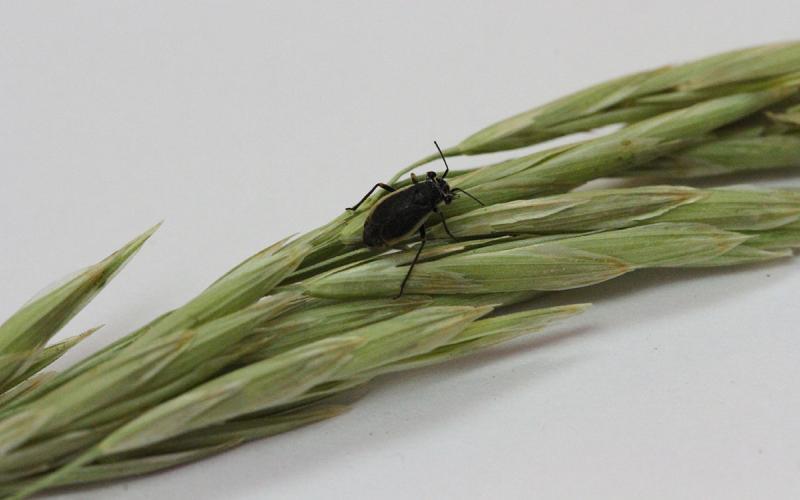
Drought Conditions Magnifying Impact of Black Grass Bugs
With much of South Dakota continuing to experience moderate-to-extreme drought conditions, black grass bugs could become a concern in some areas. Large populations of black grass bugs can cause severe damage to pasture.
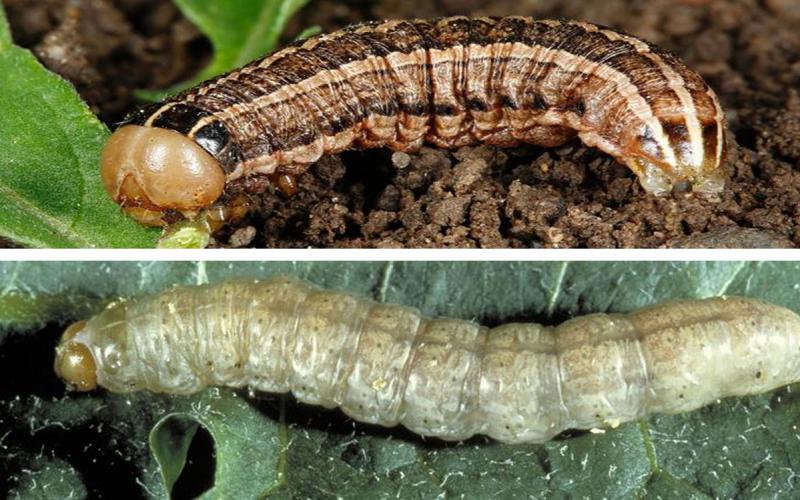
Monitor Wheat for Early-Season Cutworm Activity
It's finally warming up in South Dakota, and insect activity in wheat fields will be increasing. For wheat, a couple of early-season pests that may already be active are the army cutworm and the pale western cutworm.
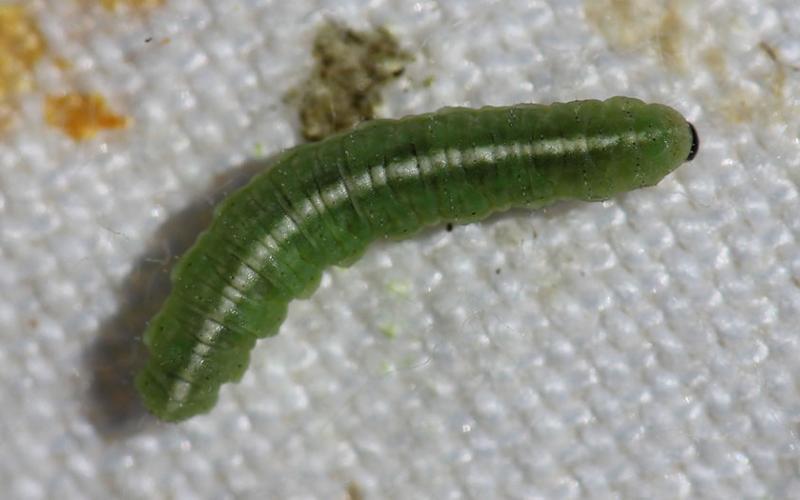
Alfalfa Weevil Activity Prediction Update: April 29, 2021
With another warmer week in the forecast, the need to scout for alfalfa weevils continues. Based on current degree day accumulations, overwintering alfalfa weevil adult activity is likely throughout all of South Dakota.
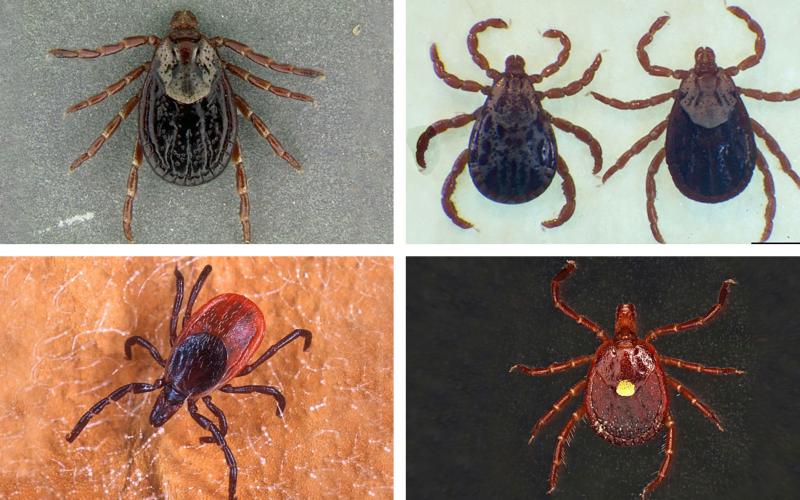
Be On the Lookout for Ticks
Ticks are one of the first pests to show up during spring. Learn some common ticks to watch out for in South Dakota, along with tips for preventing bites and removing ticks from your skin and clothing.

Alfalfa Weevil Activity Prediction Update: April 22, 2021
It was another cool week without a lot of degree day accumulations. With warmer temperatures in the upcoming forecast, the need to scout for alfalfa weevil activity will increase.
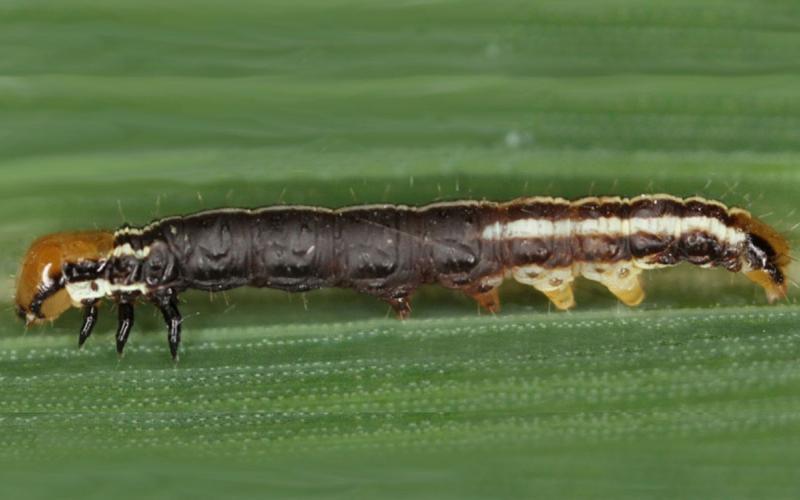
Common Stalk Borer Activity Estimate: April 22, 2021
In its early vegetative growth stages, corn is susceptible to feeding by the common stalk borer. The hatching and movement of common stalk borer caterpillars can be estimated by using degree days.

Alfalfa Weevil Activity Prediction Update: April 15, 2021
Due to the cooler temperatures, we didn’t accumulate a lot of degree days for alfalfa weevils during the last week. However, there are some areas in South Dakota where alfalfa weevils may be active.

Alfalfa Weevil Activity Prediction Update: April 8, 2021
As the temperatures begin to warm up around South Dakota, it is important to remember that some insect pests are accumulating degree days. One of the insect pests that we use degree day models to monitor is the alfalfa weevil.
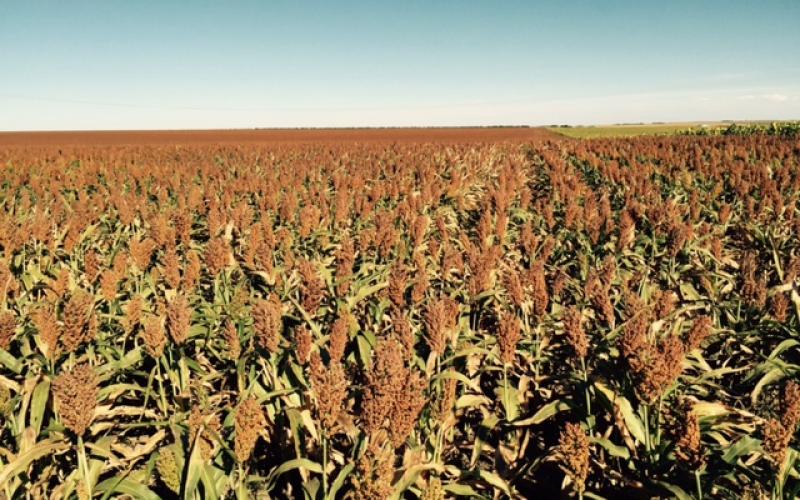
An identification guide for Sorghum Insect Pests in South Dakota
Pictorial guide for common insect pests of sorghum in South Dakota.
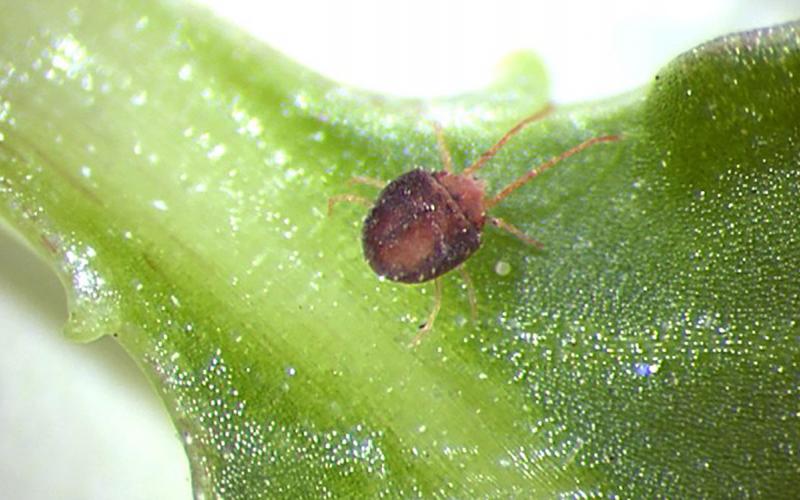
What Are Those Little Red Mites on My House?
The periods of unseasonably warm weather, especially in Western South Dakota, have temporarily brought several insects and other arthropods out of their winter hiding places. One of the arthropods getting attention lately has been the clover mite.